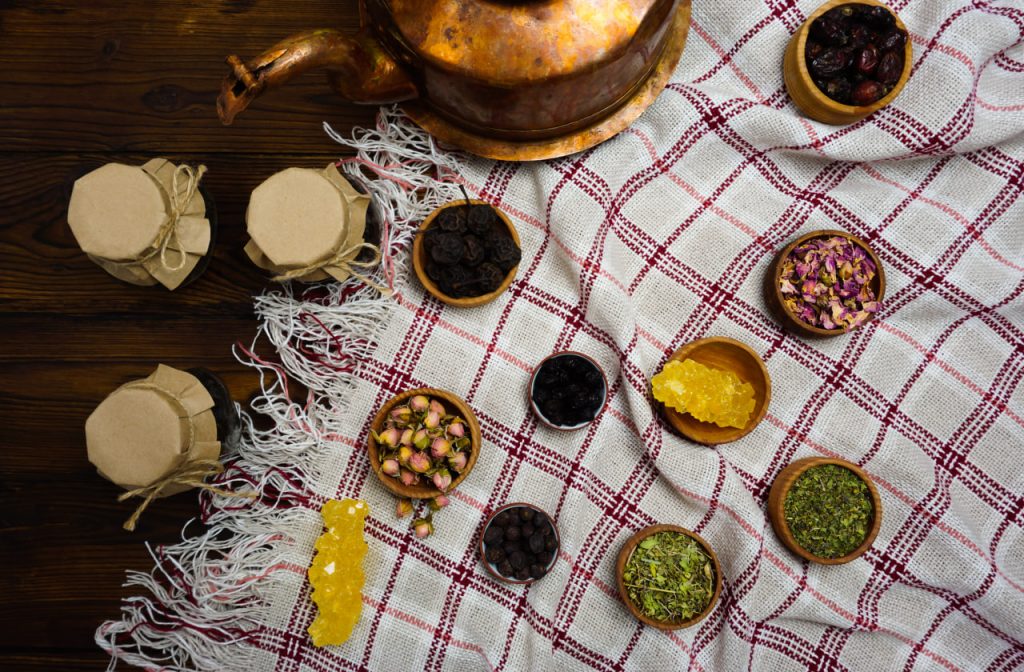Tea is one of the most consumed beverages worldwide, with a rich and fascinating history that spans thousands of years. The story of tea begins in ancient China, where, according to legend, Emperor Shen Nong discovered tea by accident in 2737 BCE when some tea leaves blew into a pot of boiling water. This serendipitous moment marked the beginning of a beverage that would become an integral part of cultures around the world.
The Ancient Beginnings in China
Tea’s origins are deeply rooted in Chinese culture, where it was initially used for medicinal purposes. Over time, tea became an essential part of daily life. The Tang Dynasty (618-907 AD) is often considered the golden age of tea, with the art of tea drinking becoming a formalized social activity. Tea was consumed not only for its health benefits but also as a way of connecting with others in ritualistic and communal settings.
Tea’s Spread to Japan and Beyond
While tea was taking hold in China, it was also making its way to Japan. By the 9th century, tea was introduced to Japan by Buddhist monks who had traveled to China. The Japanese quickly embraced tea, incorporating it into their spiritual practices and developing their own tea rituals. The Japanese tea ceremony, or Chanoyu, became a highly revered and ritualized practice, emphasizing aesthetics, precision, and respect.
From Japan, tea spread to other parts of Asia and beyond. By the 16th century, Portuguese and Dutch traders introduced tea to Europe, where it gained popularity among the aristocracy. The British, in particular, became enamored with tea, and it soon became a staple of British culture, leading to the establishment of the famous British afternoon tea tradition.
The Globalization of Tea
The British Empire played a crucial role in the globalization of tea. In the 18th and 19th centuries, British colonialists established vast tea plantations in India, Sri Lanka, and Africa, helping to fuel the global demand for tea. The East India Company, which was responsible for importing tea to Europe, is infamous for its role in the opium trade, but it also played a significant part in making tea a common commodity worldwide.
In the modern era, tea has continued to evolve and adapt to global tastes. Today, tea is enjoyed in countless varieties, from black and green to oolong and herbal teas. Its consumption has spread far beyond the traditional tea-drinking cultures, and it is now enjoyed by people from all walks of life across the globe.
Tea as a Symbol of Culture and Connection
Tea is not just a drink; it is a symbol of cultural exchange, tradition, and connection. Across different cultures, tea represents hospitality, warmth, and the coming together of people. Whether it’s the Chinese Gongfu tea ceremony, the British afternoon tea, or the Japanese tea ritual, tea serves as a bridge between generations and communities.
From its humble beginnings in ancient China to its global reach today, the history of tea is a testament to the lasting cultural significance of this beloved beverage. The next time you sip your favorite cup of tea, remember that you’re participating in a centuries-old tradition that has shaped the world in ways you may not even realize.
